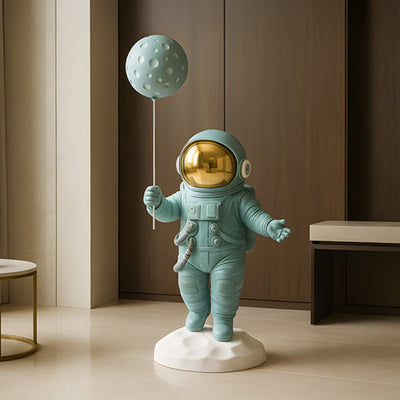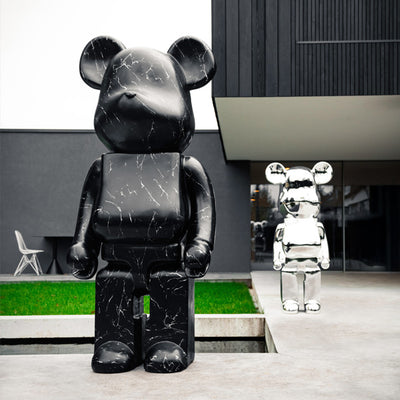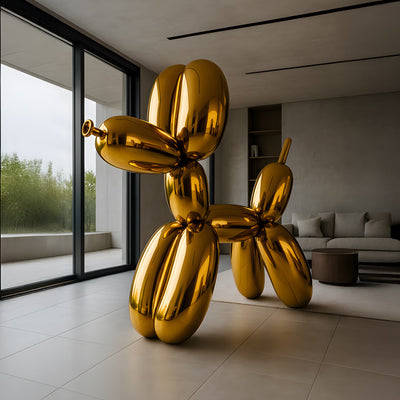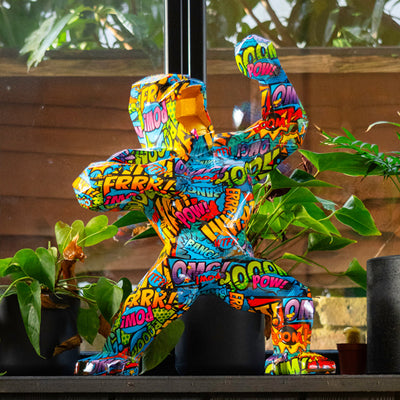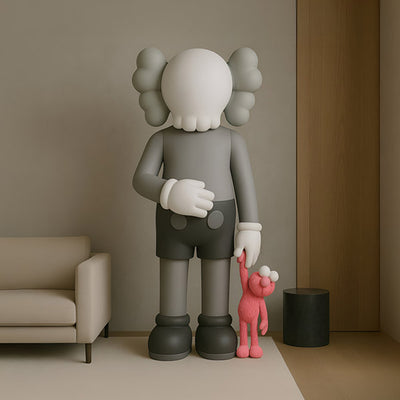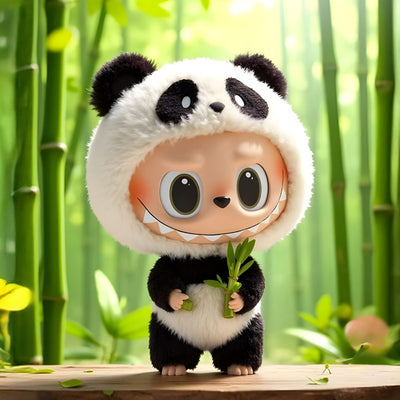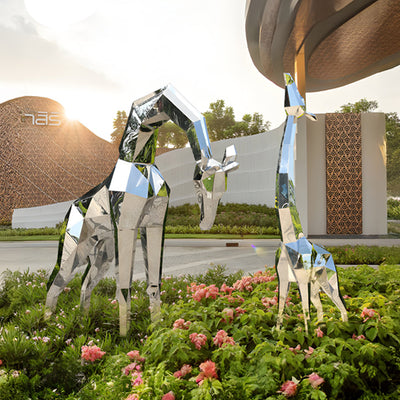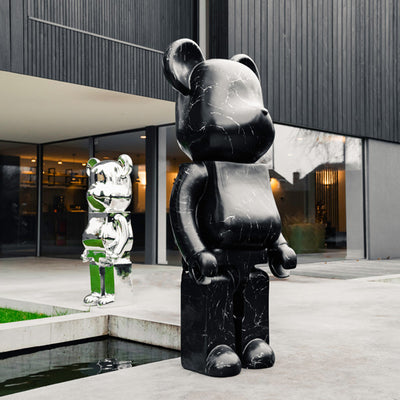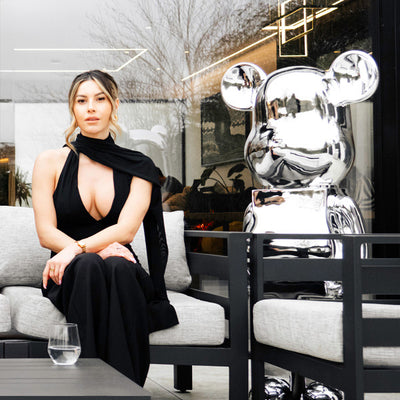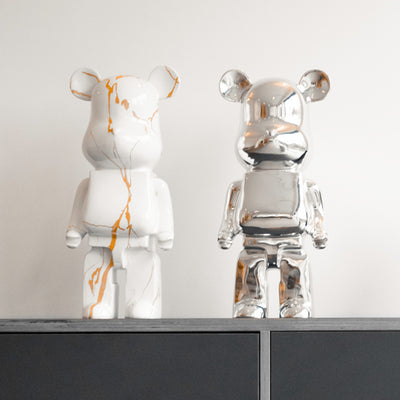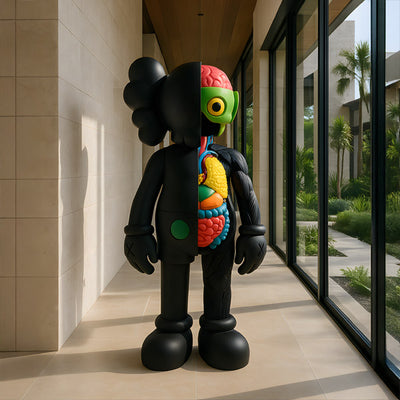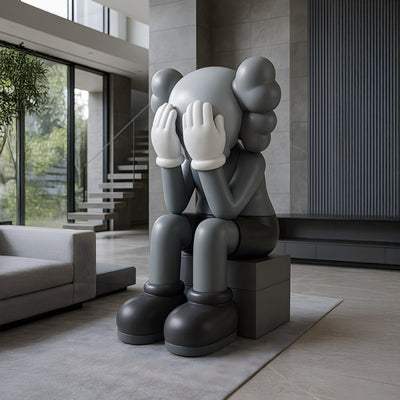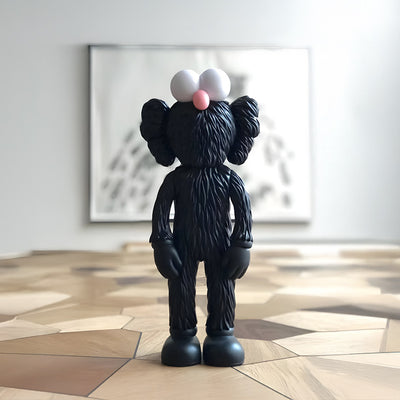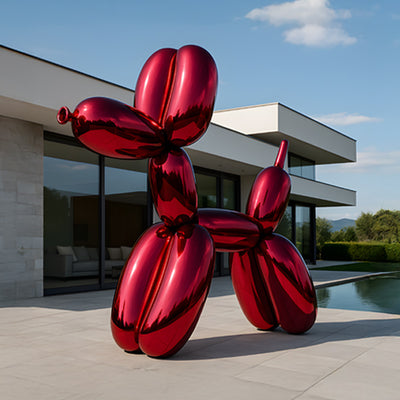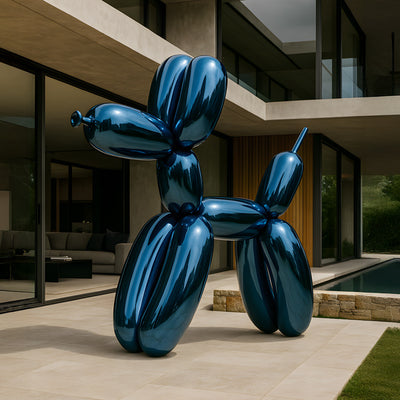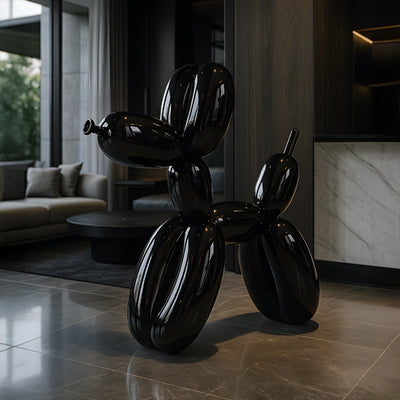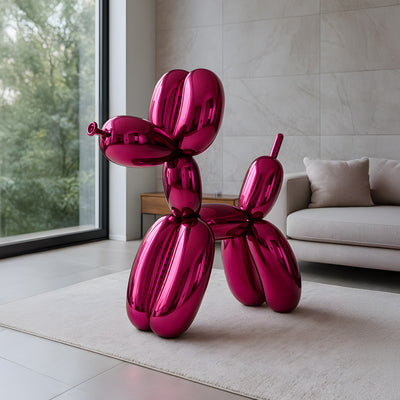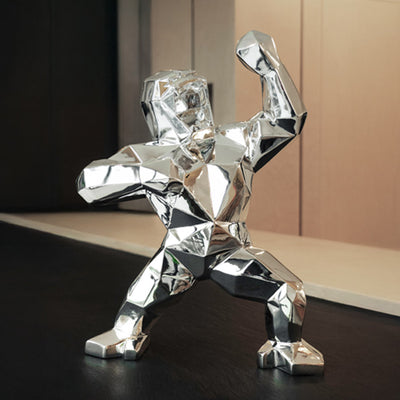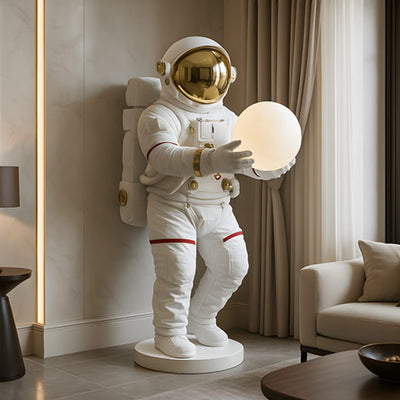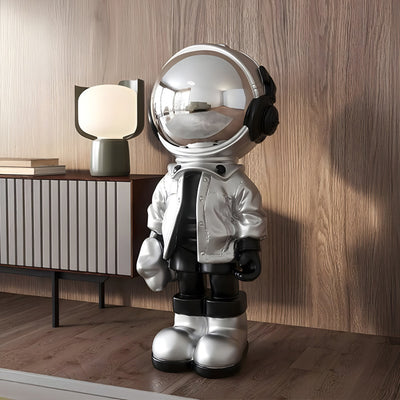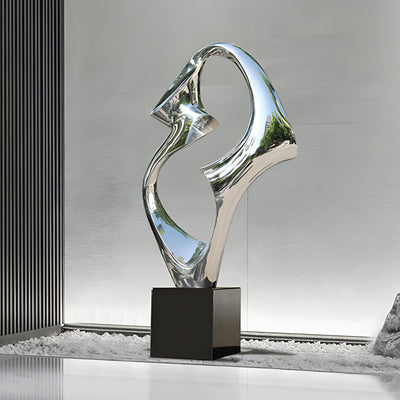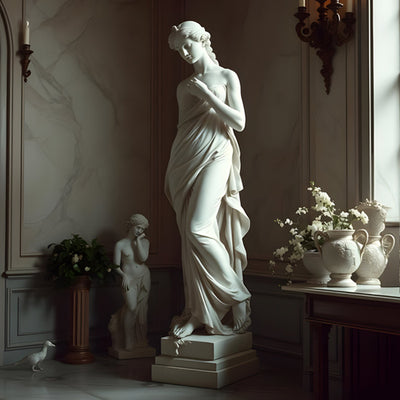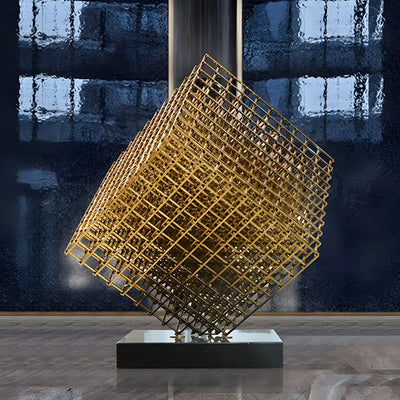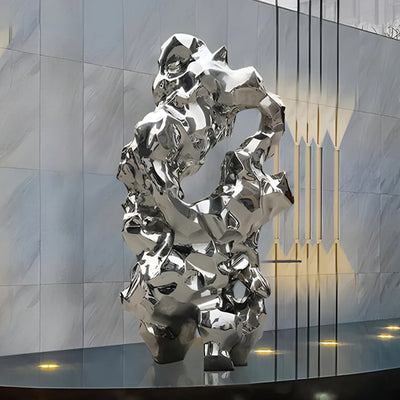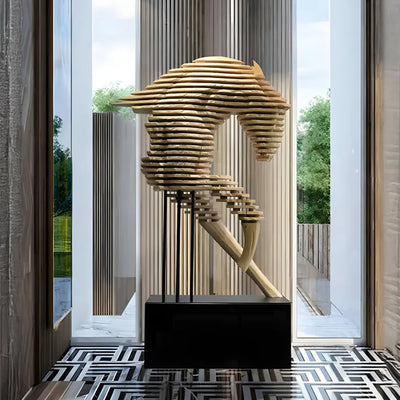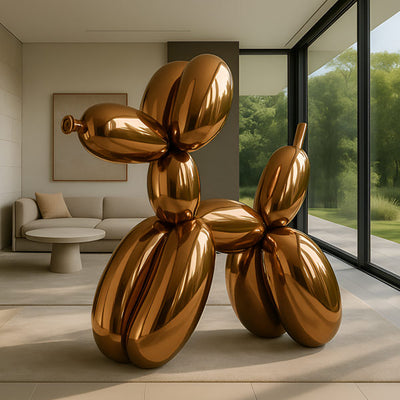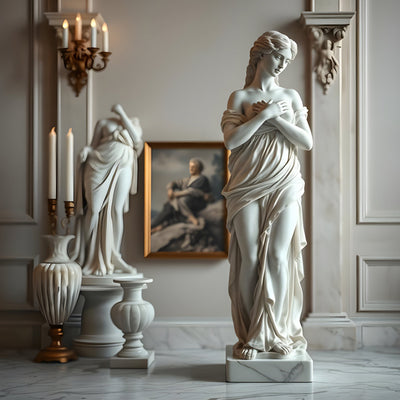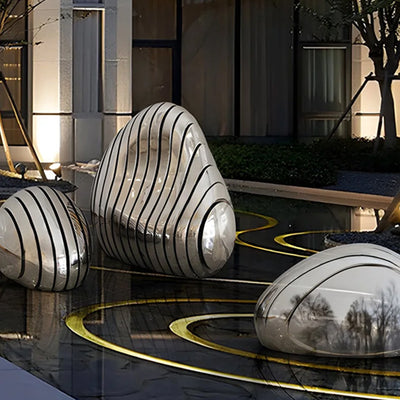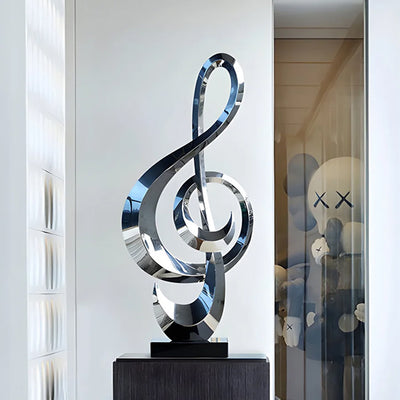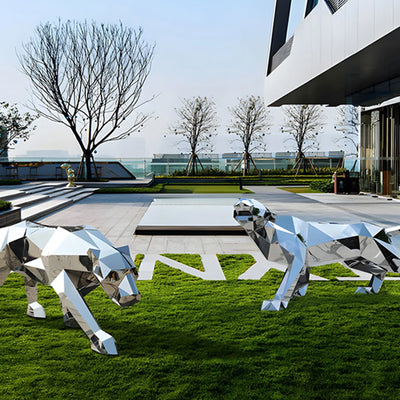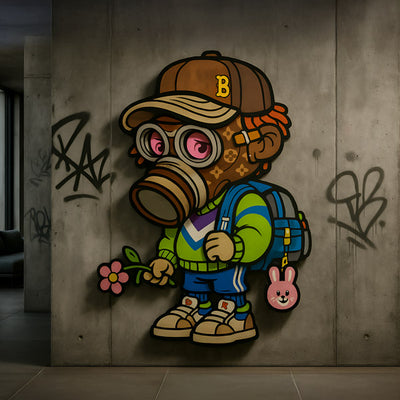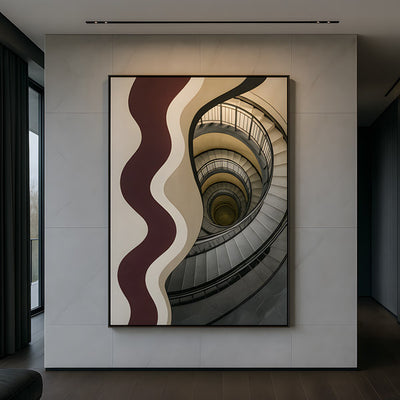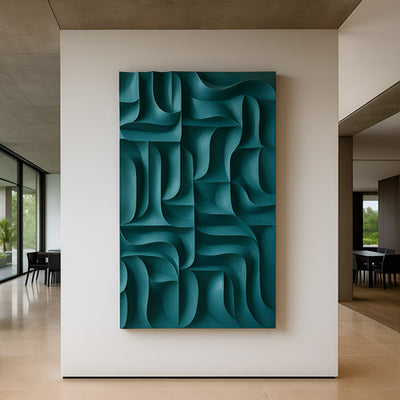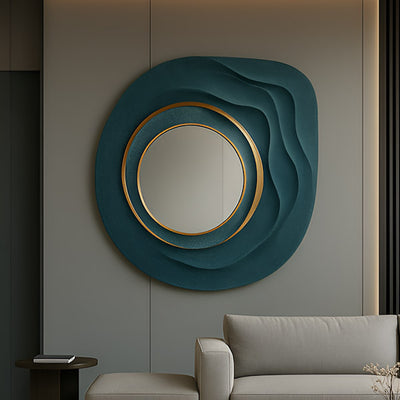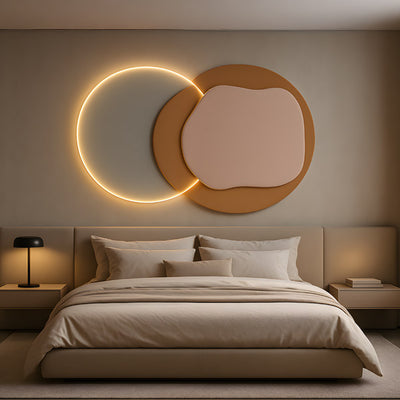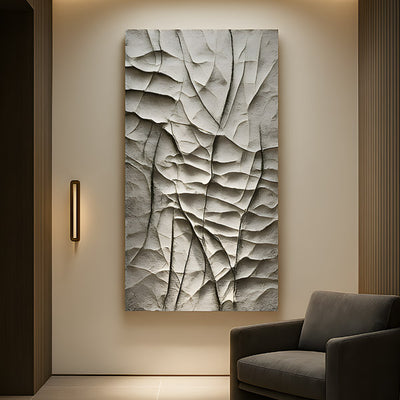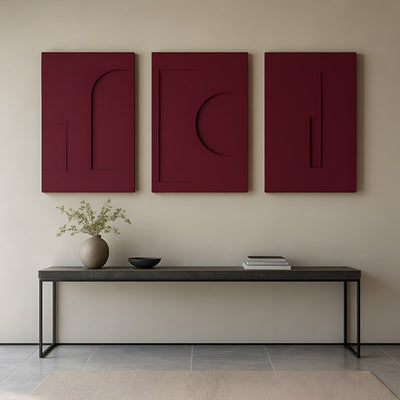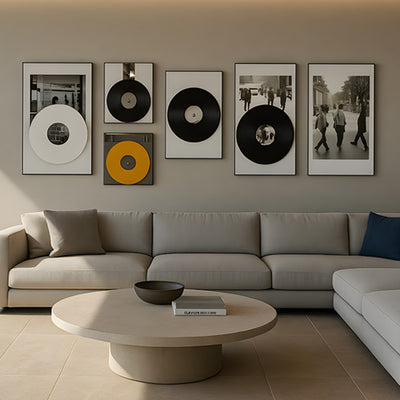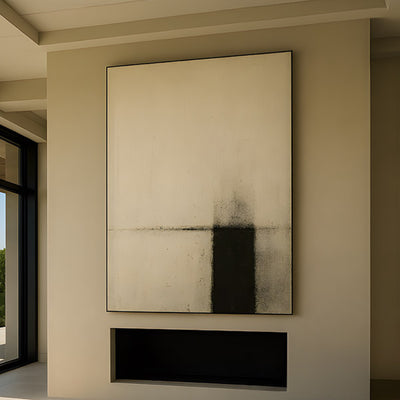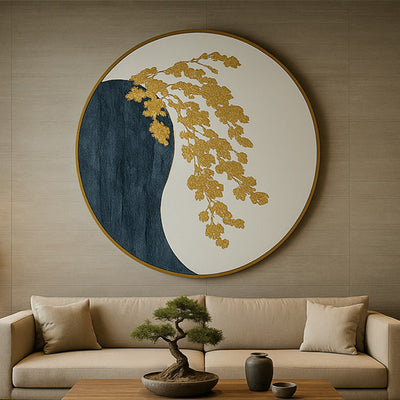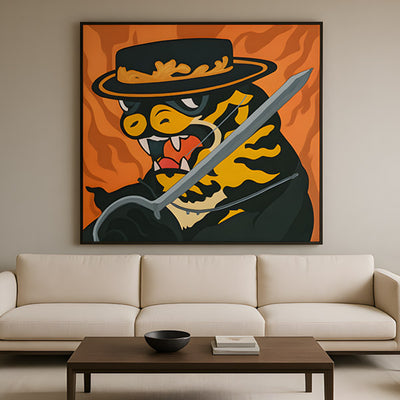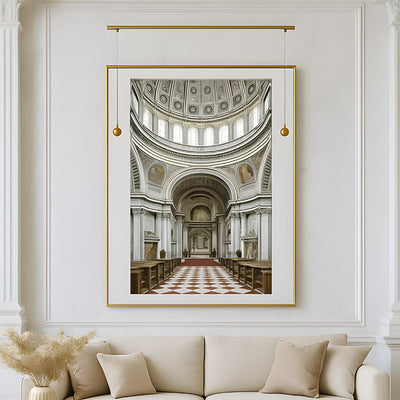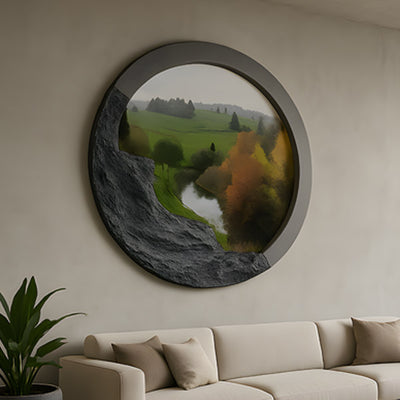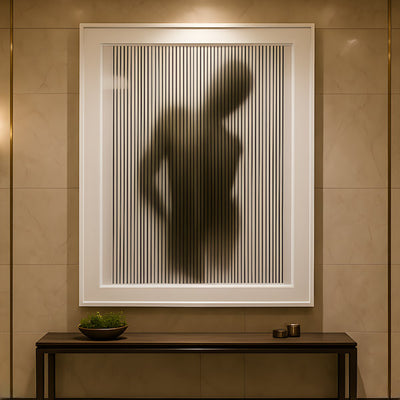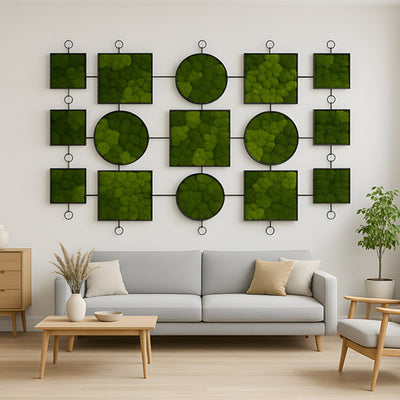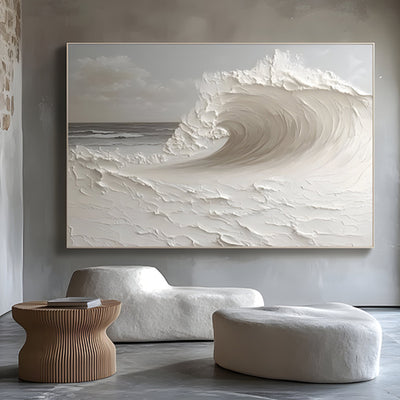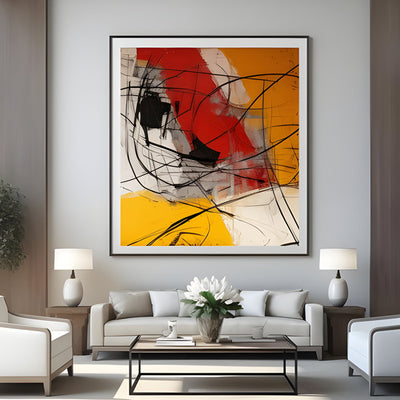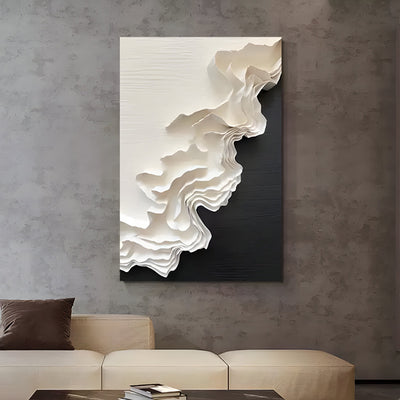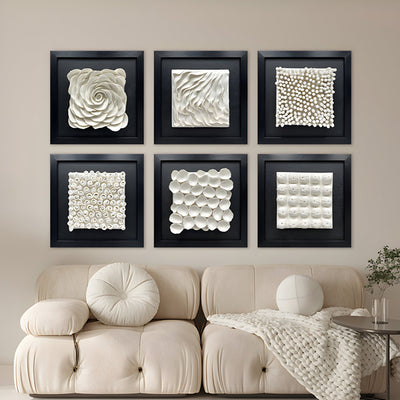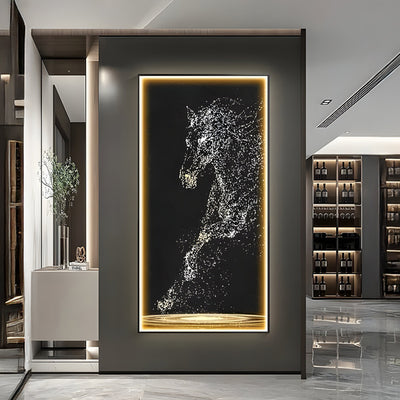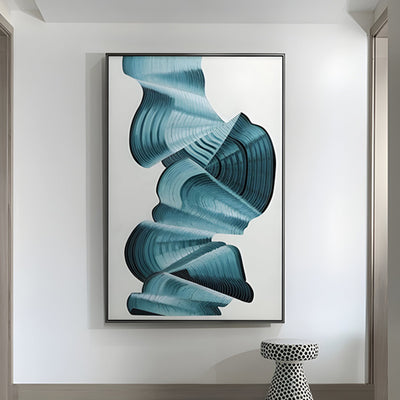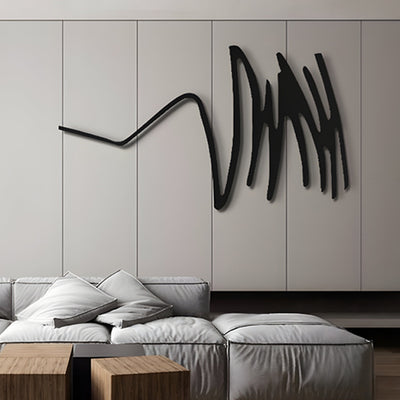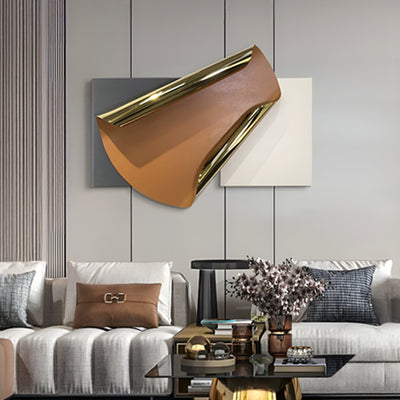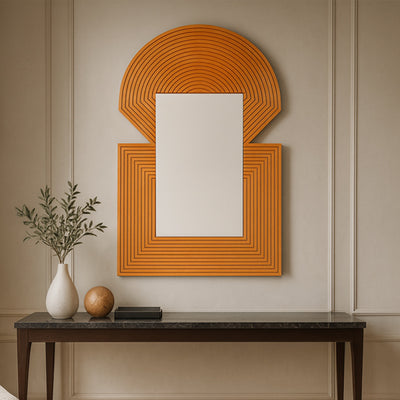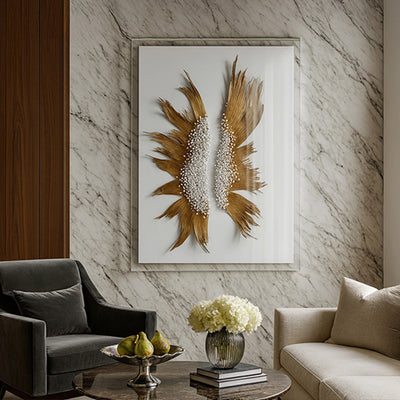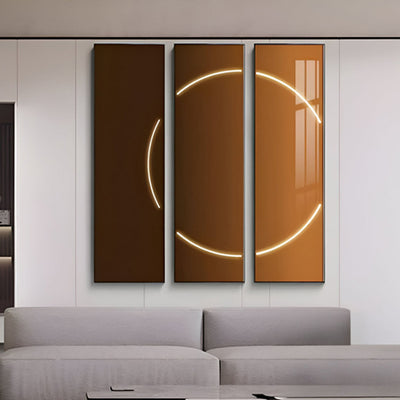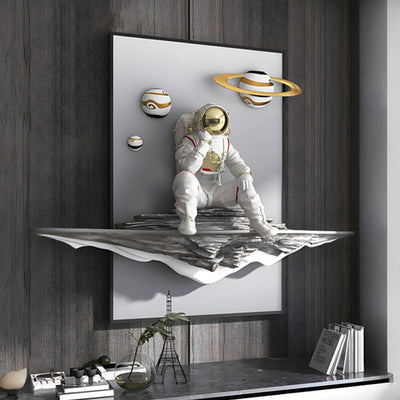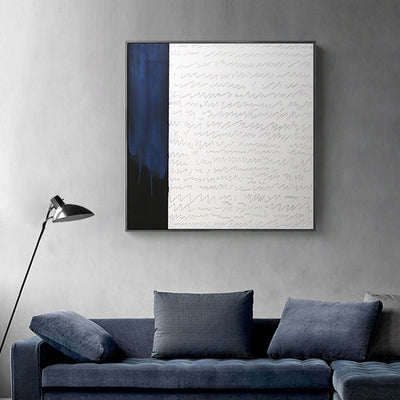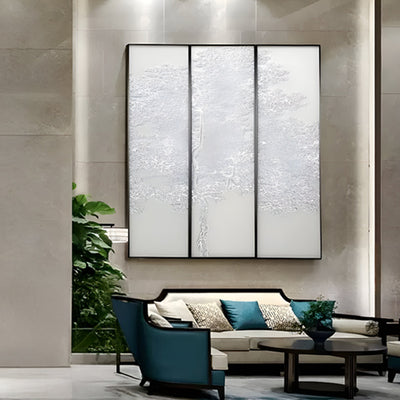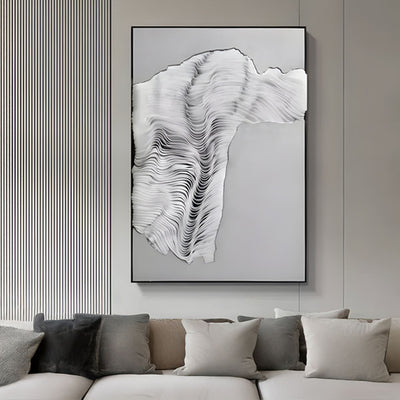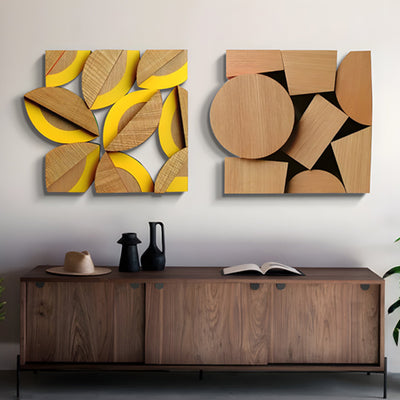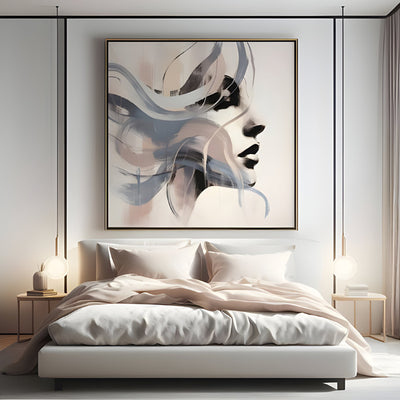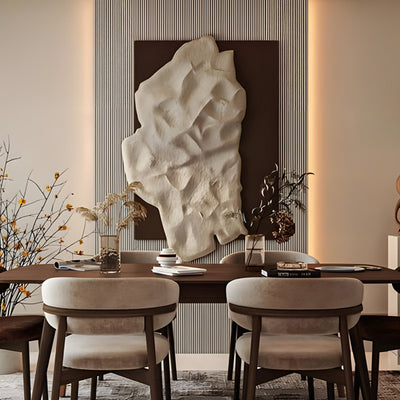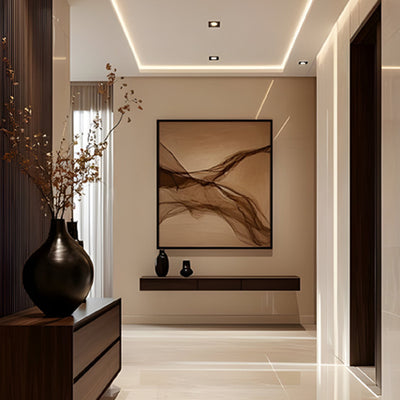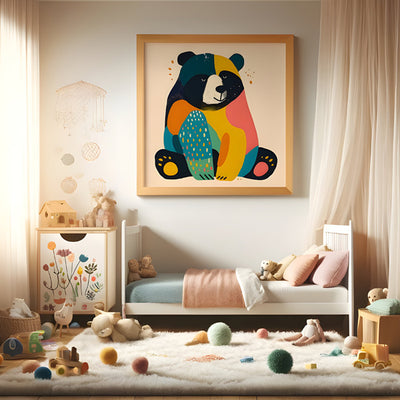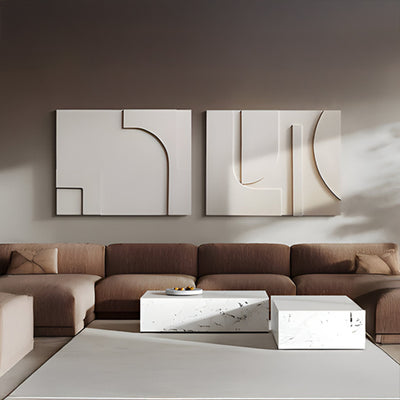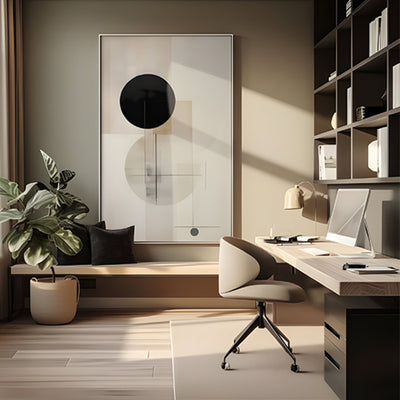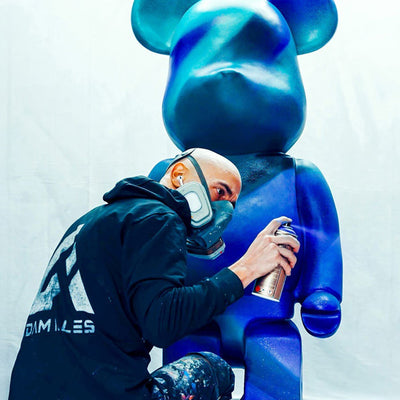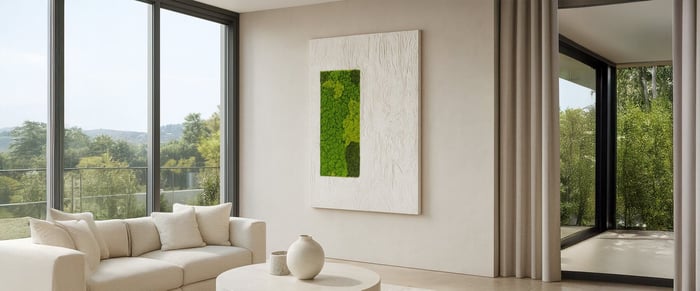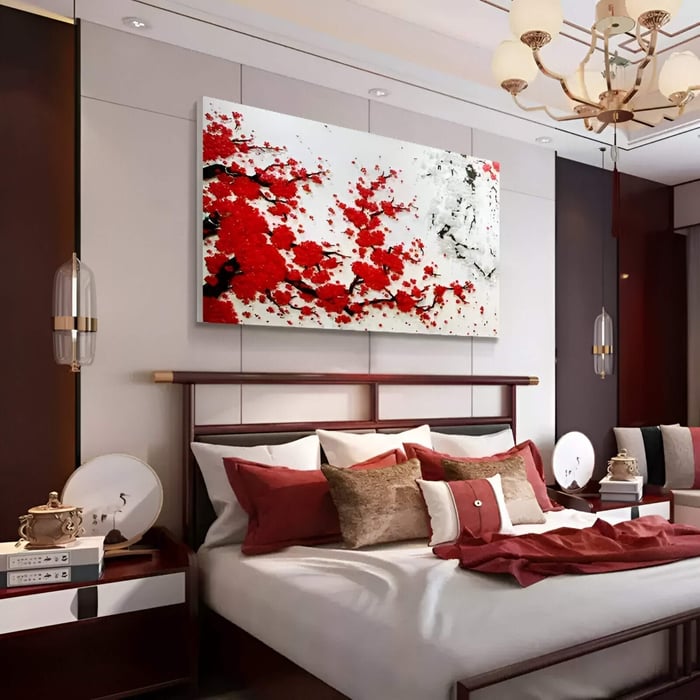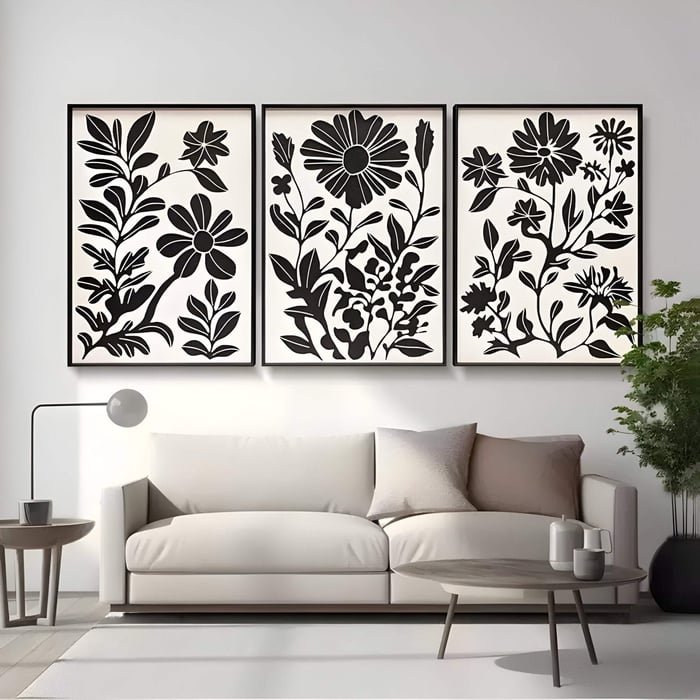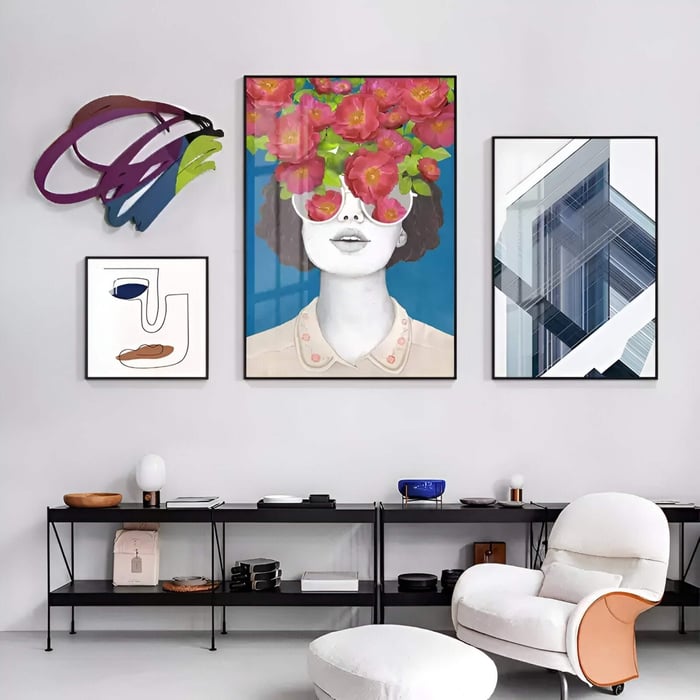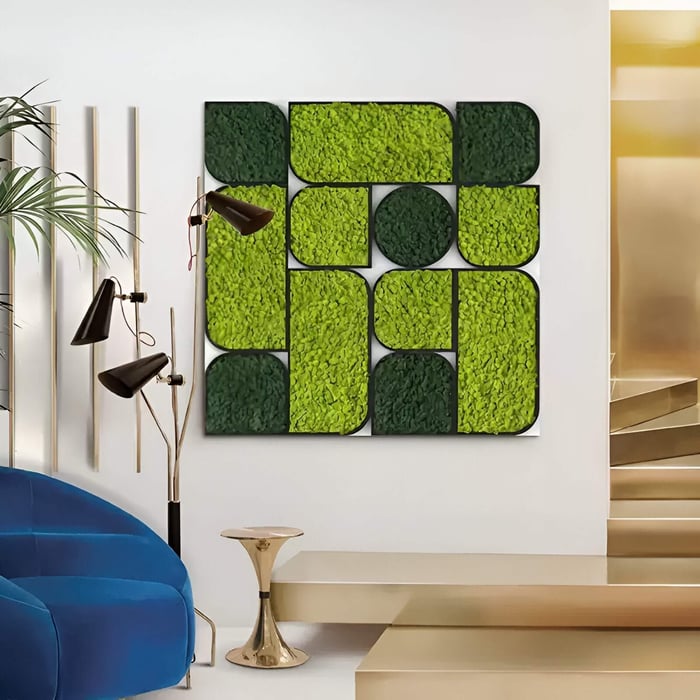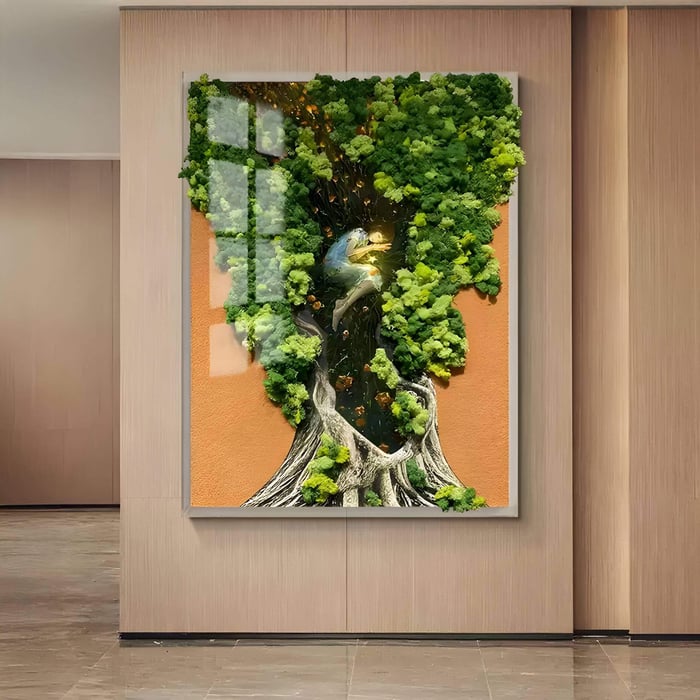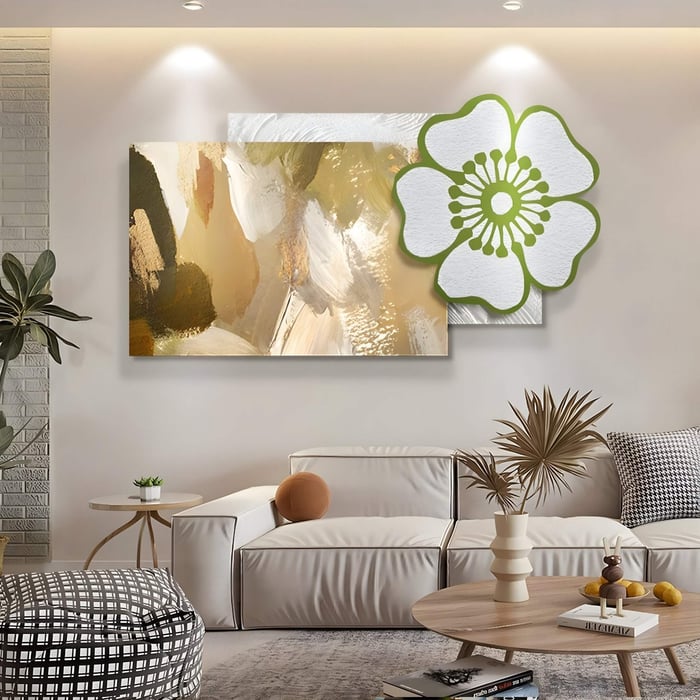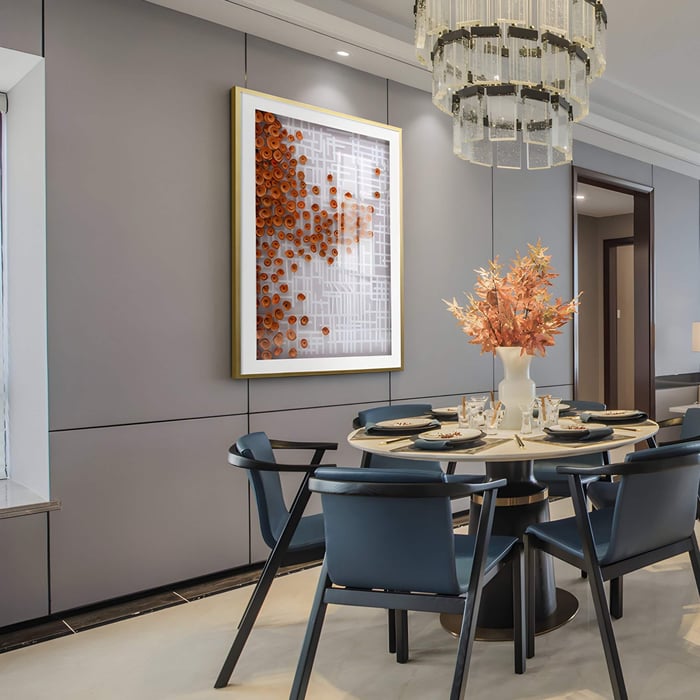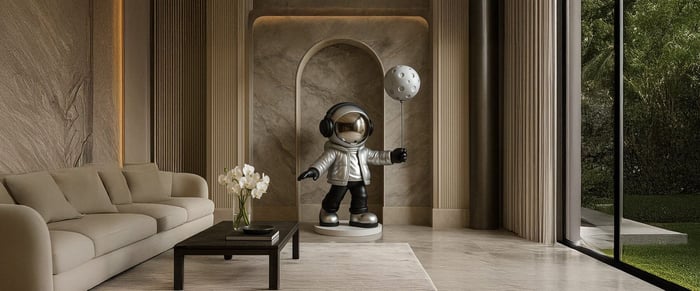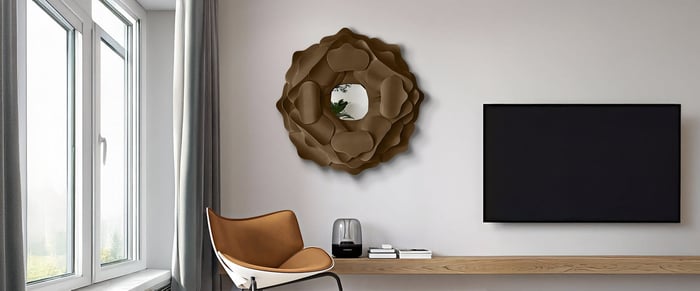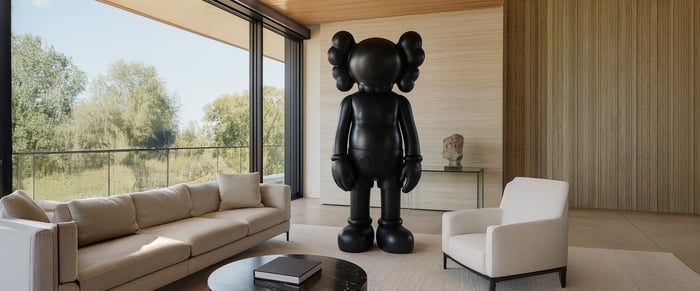Table of Contents
- Introduction - Why Flower & Plant Art Belongs in Modern Homes
- Choosing the Right Botanical Wall Painting for Your Space
- Styling with Colour, Texture & Material for Cohesive Design
- Perfect Placement: Where & How to Hang Botanical Wall Art
- Layering & Lighting: Making Flower & Plant Art Pop
- Mixing Styles: Combining Botanical Art with Modern Décor
- Trend & Style Forecast: Where Botanical Wall Paintings Are Heading
- Conclusion – Designing with Nature in Mind
- FAQs
Introduction - Why Flower & Plant Art Belongs in Modern Homes
Nature has always had a place in art, but in modern interiors, flower & plant art has become a design essential. Whether it’s a bold tropical leaf canvas, a minimal line drawing of a stem, or a gallery wall of vintage botanical prints, these pieces infuse homes with calm, warmth, and personality. Botanical wall paintings bridge the gap between natural beauty and contemporary design, offering a subtle way to bring the outdoors in without cluttering a space.
Styled thoughtfully, botanical wall art can transform even the simplest room into something balanced and cohesive. It’s about choosing pieces that speak your home’s visual language - matching tone, proportion, and light, so the artwork feels as though it belongs. In this article, we’ll guide you through how to choose the right piece, style it like a designer, handle placement and lighting, blend it with your décor, and stay ahead of botanical art trends in 2025.
Choosing the Right Botanical Wall Painting for Your Space
1. Scale and Proportion
Large statement canvases work beautifully as the room’s focal point - above a sofa or bed, or on a blank feature wall.
Smaller grouped prints (a set of three or more) can create a cohesive gallery effect, especially in narrower spaces or hallways.
A useful rule: width of the artwork ≈ ⅔ of furniture width beneath it.
2. Motif and Mood
Tropical leaves, bold and glossy, inject energy and drama.
Wildflowers or meadow scenes, softer and quieter, bring relaxed harmony.
Abstract stems or botanical line art create a minimalist modern feel.
Each motif sets a distinct tone for the space, think of how the art’s personality aligns with the room’s purpose.
3. Wall Colour & Architecture
On light, neutral walls, choose flower & plant art with stronger contrast to add definition.
On darker or richly textured walls, softer colour palettes in the prints help avoid visual overload.
Consider architectural elements - picture rails, archways or exposed beams, and ensure the art harmonises with them rather than competing.
Styling with Colour, Texture & Material for Cohesive Design
1. Colour Strategy
Stick to natural greens, earthy neutrals, warm terracotta, or soft blues/greys as your baseline palette.
Let the botanical artwork pull accent tones already present in the furniture, rug or cushions.
For example: a linen-upholstered chair + muted wildflower print = calm synergy; or full-sized tropical plant painting paired with contemporary lighting for impact.
2. Material & Texture Choices
Canvas brings a classic fine-art feel.
Glass-framed prints or acrylic facings work well in modern interiors.
Wood frames or raw-edged prints suit a more natural or eco-inspired look.
Designers recommend pairing textured botanical art (linen, relief, clay) with smoother surrounding surfaces, otherwise the textures compete rather than complement.
3. Design-Style Tip
In a minimalist space, select a low-contrast botanical print, soft lines, muted colour.
In a contemporary space, select a vibrant botanical canvas art with strong form and colour.
Match frames and finishes with your hardware, lighting fixtures or furniture legs to ensure visual cohesion.
Perfect Placement: Where & How to Hang Botanical Wall Art
1. Focal Wall Strategy
Place a single large piece above heirloom furniture (sofa, bed or console).
Width of art ≈ 60-70% of the furniture below it gives strong balance.
Leave approx. 15–20 cm gap between furniture top and the bottom of the art for breathing space.
2. Gallery Wall Approach
Choose a collection of botanical prints (same series or complimentary tones) and arrange across a wider wall.
Keep gaps consistent (typically 5-8 cm) between frames.
Use matching frames or mats for harmony.
Use the gallery wall to enhance spaces such as dining rooms, corridors or stairwells.
3. Eye-Level & Furniture Alignment
Hang so centre of art sits approx. 145-155 cm from the floor (adjust a little based on ceiling height and furniture).
For artworks spanning furniture width, align centre with mid-point of furniture beneath.
Avoid low placement near high traffic zones where the art may be visually disconnected.
4. Room-Specific Placement Tips
Dining rooms: Use a botanical artwork behind the table or buffet as the room’s anchor.
Bedrooms: A triptych above the headboard adds calm and rhythm.
Entryways or foyers: Choose vibrant plant art to make a strong first impression.
The key is simplicity. Let the art breathe. Too many competing pieces or visual clutter around it will dilute its effect.
Layering & Lighting: Making Flower & Plant Art Pop
Lighting transforms your wall art from decorative to dynamic. For botanical wall paintings, proper lighting enhances natural tones and reveals texture.
Lighting ideas:
Natural light: position art near but not in direct sunlight to prevent fading.
Spotlights: angle slightly downwards to cast soft shadows and highlight detail.
Wall washers: ideal for wide botanical panels or triptychs.
Light temperature guide:
Warm light (2700–3000 K): flatters greens and earthy tones.
Cool light (4000 K+): better for crisp white spaces but can dull warm pigments.
Layering for dimension:
Add mirrors or metallic décor to reflect light and create depth.
Combine 3D art pieces or metal botanical sculptures or textured planters near wall art for cohesion.
Mix prints with tactile materials - linen, raffia, or woven fibre, for a designer-styled finish.
Mixing Styles: Combining Botanical Art with Modern Décor
Modern homes thrive on contrast, and flower & plant art brings softness to contemporary architecture. It bridges sleek minimalism and natural warmth.
1. Minimalist Interiors
Choose line-drawn plant prints or muted botanical canvases to match the clean lines of minimalist furniture.
Keep frames simple and colour restrained.
2. Abstract & Contemporary Spaces
Use bold tropical plant paintings, abstract floral canvases or organic geometry-inspired botanical wall art.
Look for pieces that bring a burst of colour and fluidity into a crisp space.
3. Industrial or Urban Interiors
Mix botanical art with raw materials: concrete wall, metal furniture, exposed piping.
Select art with natural materials (wood-framed, textured canvas) to soften the industrial edges.
4. Coastal / Natural Interiors
Combine beach wood furniture, rattan accents and botanical art featuring driftwood textures or seaside flora.
Frame in white or light natural timber to enhance the relaxed vibe.
5. Bridging Classic with Modern
Pair vintage botanical prints (throwback florals) with ultra-modern furniture, this creates a layered, refined look.
Take design cues from experts who advise modernising florals with contemporary materials such as glass, acrylic or lacquer.
Pro tip: Repeat colours and shapes from your artwork across furnishings, a green hue in the art reflected in cushions, ceramics, or rugs creates subtle visual rhythm.
Modern décor is about balance. A single well-chosen piece of flower and plant wall art can anchor an entire space when it shares a dialogue with surrounding textures and tones.
Trend & Style Forecast: Where Botanical Wall Paintings Are Heading
The botanical trend continues to evolve, merging sustainability with modern design.
Emerging directions:
Abstract botanical art – simplified florals and expressive linework dominate modern interiors. Explore new approaches to composition and scale in this guide to abstract botanical wall art ideas.
Sustainable materials – recycled frames, plant-based inks, and eco-friendly canvases are gaining traction across interior design collections.
Vintage revival – mixing antique botanical prints with sleek furniture for nostalgic balance, as seen in Giant Sculptures’ feature on the many moods of flower & plant art.
Colour evolution – earthy greens, terracotta, muted neutrals, and rich jewel tones provide warmth and sophistication.
Tech and accessibility – downloadable, print-on-demand, and custom-size botanical art let homeowners tailor art to fit unique spaces.
As sustainability and digital flexibility merge, flower and plant wall art is becoming not just décor but a reflection of lifestyle, an investment in both mood and identity.
Conclusion – Designing with Nature in Mind
Bringing flower & plant art into modern interiors is more than decoration, it’s about connecting the home with nature’s rhythm. Styled with intent, these artworks breathe calm and freshness into contemporary spaces, balancing clean architecture with organic form.
Choosing the right botanical wall painting means understanding proportion, colour harmony, and placement, but it also means trusting your instinct. The best interiors tell a story, and your art should be part of it. Whether you favour bold tropical prints, minimalist leaf sketches, or textured organic art, treat each piece as a dialogue between nature and design.
For curated, designer-style pieces that bring freshness and warmth, explore the botanical wall art collection at Giant Sculptures. Let your walls breathe with nature and your décor feel complete.
FAQs
What makes botanical wall art suitable for modern homes?
Its natural tones, simplicity, and versatility make botanical art a perfect complement to contemporary interiors - adding calm, freshness, and visual balance.
How do I choose the right size of botanical wall painting?
Match scale to your wall and furniture; large pieces anchor open spaces, while smaller grouped prints suit narrower walls or hallways.
Can I mix floral and abstract plant art together?
Yes - pairing abstract florals with detailed botanical prints creates depth. Use colour consistency or similar framing to tie them together.
What colours work best for modern botanical wall art?
Earthy greens, neutrals, terracotta, and muted pastels dominate, but jewel-toned accents (emerald, mustard, sapphire) are trending for contrast.
How should I light botanical wall paintings?
Use warm, even lighting - natural or soft LED, to bring out texture and depth. Avoid harsh spotlights that wash out tones.
Is botanical wall art still trending in 2025?
Yes, botanical art remains timeless. The move toward sustainable, abstract, and personalised prints keeps it relevant across interior styles.
